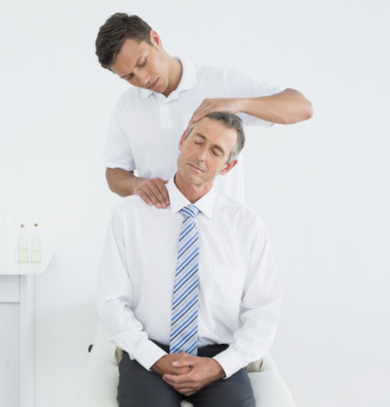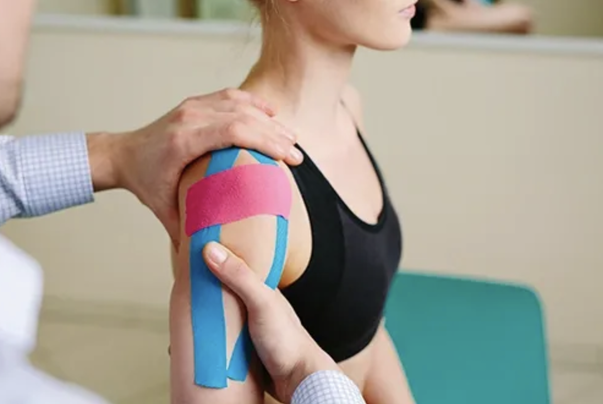The REAL Reason You Get Knee Stiffness After Sitting & How To Stop It (it's NOT "just" Arthritis)2/29/2024 The REAL Reason You Get Knee Stiffness After Sitting & How To Stop It (it's NOT "just" Arthritis)
|
About Us
Archives
March 2024
Categories
All
|



 RSS Feed
RSS Feed